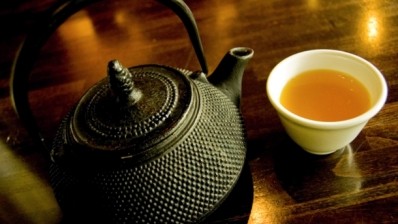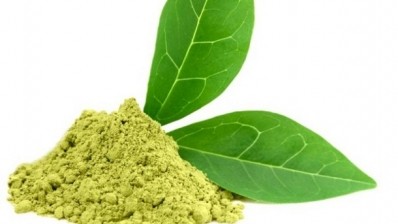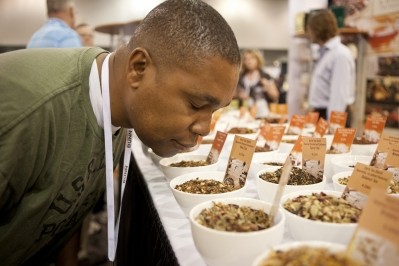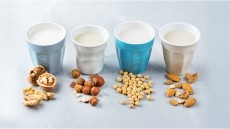Special edition: authentic tea tastes
Ready-to-drink hybrid emerges in tea market, says Euromonitor
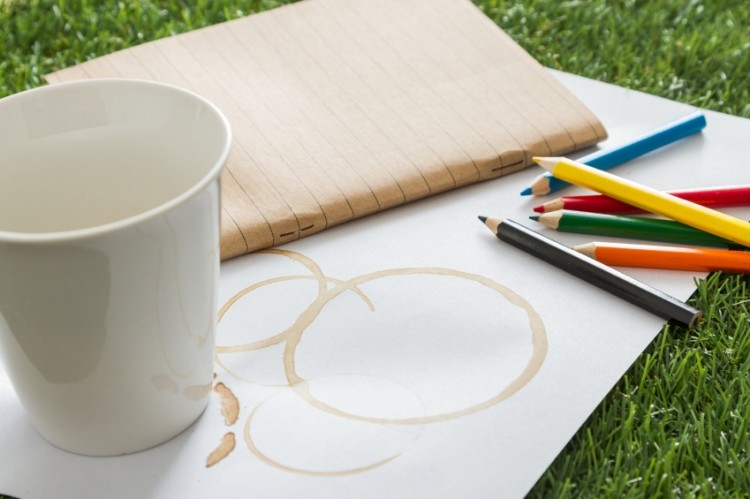
Senior beverages analyst Hope Lee told BeverageDaily.com that the drinks are made with matcha green tea and green tea extract blended with juice, and are marketed as “healthy drink”. Some of the new hybrid brands use organic ingredients.
Tea’s healthy position is the key selling point for marketers, Lee said. Euromonitor's Health and Wellness database shows that what it categorises as “naturally healthy” RTD teas take the biggest share of sales globally, thanks to the large sales of herbal RTD tea in China especially.
Sales of all variants of “Naturally Healthy” teas were worth a total of around $58bn in 2014, Euromonitor data shows.
A major selling healthy RTD tea in China is the Chinese RTD tea brand Jiaduobao (from the JDB Group). Although this is sweetened it contains a mixture of traditional Chinese medicine herbs and is positioned as healthy tea.
Mass Market traditional medicine
Lee said: “This ready-to-drink form of mass market traditional medicine has proved extremely popular with young consumers.”
Euromonitor has identified that with obesity a growing global issue multinationals are trying to reduce the sugar content in their drinks. For example, Nestea, Lipton, Arizona, Snapple all now have reduced sugar versions. And some brands are starting to use the sweetener stevia in their new products. Euromonitor's data shows that reduced sugar tea sales were worth $1.9bn in 2014.
Lee said: “However, thus far, there is no concrete proof that the usage of Stevia has indeed boosted sales or made market share gains.”
Black tea
Meanwhile, according to EMI’s hot drinks database, tea sales are worth $43bn around the globe.
Globally, black tea is the biggest selling tea, with sales of $19bn but growth in fruit and herbal tea at $6.7bn outpaced black tea in 2014. Green tea is also growing fast in some developed markets.
Coffee remains the biggest competitor to tea and café culture and the “Starbucks moment” trend are still spreading globally.
Lee said: “Coffee is still more commercialised than tea and tea in many countries is still a commodity which consumers are unwilling to pay a premium for.”
